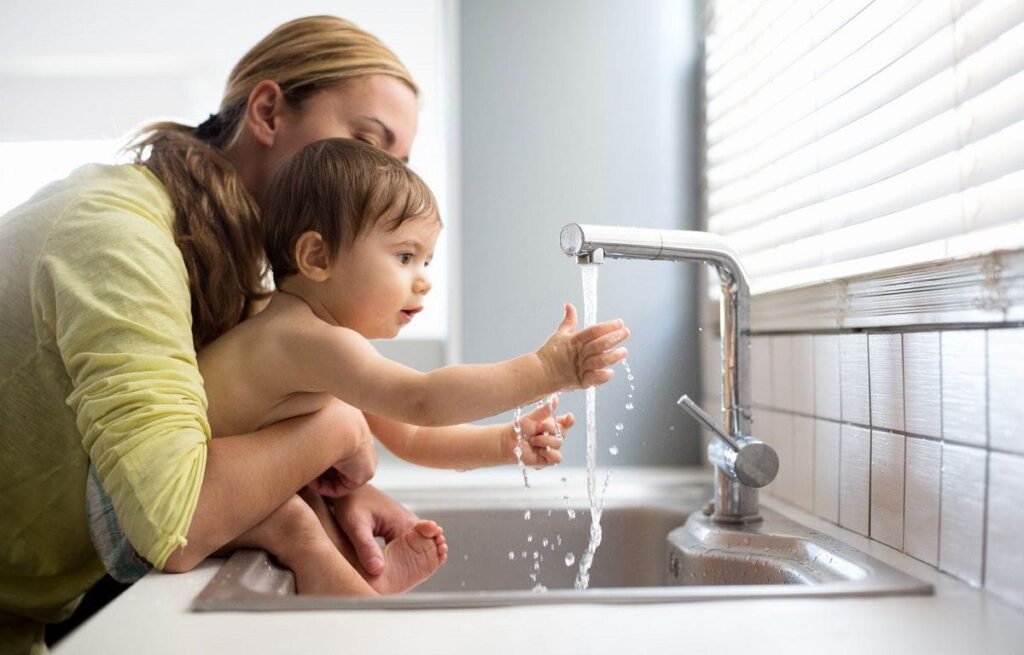Ensuring a clean and hygienic environment in daycare settings is crucial for the health and well-being of young children. With their developing immune systems and propensity for close contact, children are particularly vulnerable to infections. This article outlines key health and hygiene best practices that daycare providers can implement to foster a safe and healthy environment.
Importance of Health and Hygiene in Daycares
Understanding the Role of Hygiene
Hygiene is fundamental in preventing the spread of infections and illnesses among children. The daycares in castle pines, where children often play closely together, can be hotspots for germs. Effective hygiene practices help minimize the risk of outbreaks, ensuring that children remain healthy and able to participate fully in activities.
Impact on Child Development
Promoting good hygiene habits from an early age lays the foundation for lifelong health. Children who learn about hygiene are more likely to carry these practices into adulthood, leading to healthier lifestyles.
Key Hygiene Practices
Hand Washing Techniques
Hand washing is one of the simplest yet most effective ways to prevent the spread of germs. Educators should teach children the following steps:
- Wet hands with clean, running water.
- Apply soap and lather for at least 20 seconds.
- Rinse thoroughly under running water.
- Dry hands using a clean towel or air dry.
Children should wash their hands before meals, after using the restroom, and after playing outdoors or with shared toys.
Cleaning and Sanitizing Toys and Equipment
Regular cleaning of toys and equipment is essential. Daycare providers should establish a routine for sanitizing items that children frequently handle:
- Daily Cleaning: Wipe down surfaces with soap and water.
- Weekly Sanitizing: Use a diluted bleach solution or commercial sanitizer on toys and surfaces.
- Immediate Cleaning: Clean any toys that become soiled or are used by a child who is ill.
Food Safety Protocols
Food safety is critical in best daycares in Castle Pines to prevent foodborne illnesses. Key practices include:
- Proper Food Handling: Always wash hands before food preparation.
- Safe Storage: Keep perishable items refrigerated and ensure food is stored at safe temperatures.
- Meal Preparation: Cook foods to appropriate temperatures to kill harmful bacteria.
Diaper Changing Procedures
For infants and toddlers, proper diaper-changing procedures are vital:
- Wash hands before changing a diaper.
- Use disposable gloves if available.
- Clean the child’s bottom thoroughly with wipes or a damp cloth.
- Dispose of diapers properly and wash hands immediately afterward.
Developing a Hygiene Policy
Creating Comprehensive Guidelines
A written hygiene policy should outline all hygiene practices within the daycare, including immunization requirements, illness management protocols, and guidelines for staff behavior regarding health.
Training Staff on Hygiene Practices
Staff training is essential for effective implementation of hygiene policies. Regular workshops can help ensure that all employees understand best practices and stay updated on new health guidelines.
Encouraging Good Hygiene Habits Among Children
Teaching Personal Hygiene
Educators should actively teach children about personal hygiene through fun activities, songs, or stories that emphasize the importance of washing hands, brushing teeth, and covering coughs.
Incorporating Hygiene into Daily Routines
Integrating hygiene education into daily routines makes it more relatable for children. For example:
- Sing a handwashing song before snack time.
- Use storytime to discuss how germs spread.
Monitoring and Evaluation
Regular Audits of Hygiene Practices
Conducting regular assessments of hygiene practices helps identify areas for improvement. This may include checklists or observation forms to ensure compliance with established protocols.
Feedback Mechanisms for Improvement
Implementing feedback systems allows staff and parents to voice concerns or suggestions regarding hygiene practices. This collaborative approach fosters a culture of continuous improvement.
Engaging Parents and Families
Communicating Hygiene Policies
Clear communication with parents about hygiene policies is essential. Regular newsletters or meetings can keep families informed about practices being implemented at the daycare.
Involving Families in Hygiene Education
Encouraging parents to reinforce hygiene habits at home strengthens the message. Providing resources such as pamphlets or links to educational websites can be beneficial.
Addressing Common Challenges
Managing Illness Outbreaks
In the event of an illness outbreak, having a response plan is crucial. This plan should include notifying parents, isolating affected children, and enhancing cleaning protocols until the situation is under control.
Overcoming Resistance to Hygiene Practices
Children may resist certain hygiene practices like hand washing or wearing masks. Using positive reinforcement strategies—such as praise or rewards—can help encourage compliance.
Conclusion
By implementing these health and hygiene best practices in best daycares in USA, providers can create a safe environment that promotes children’s well-being while instilling lifelong habits that contribute to their overall health. Through education, communication, and consistent application of these practices, daycares can significantly reduce the risk of illness while fostering a nurturing space for growth and development.
Also Read: Safety Skills for Kids: Your Go-To Guide for Public Place Awareness


